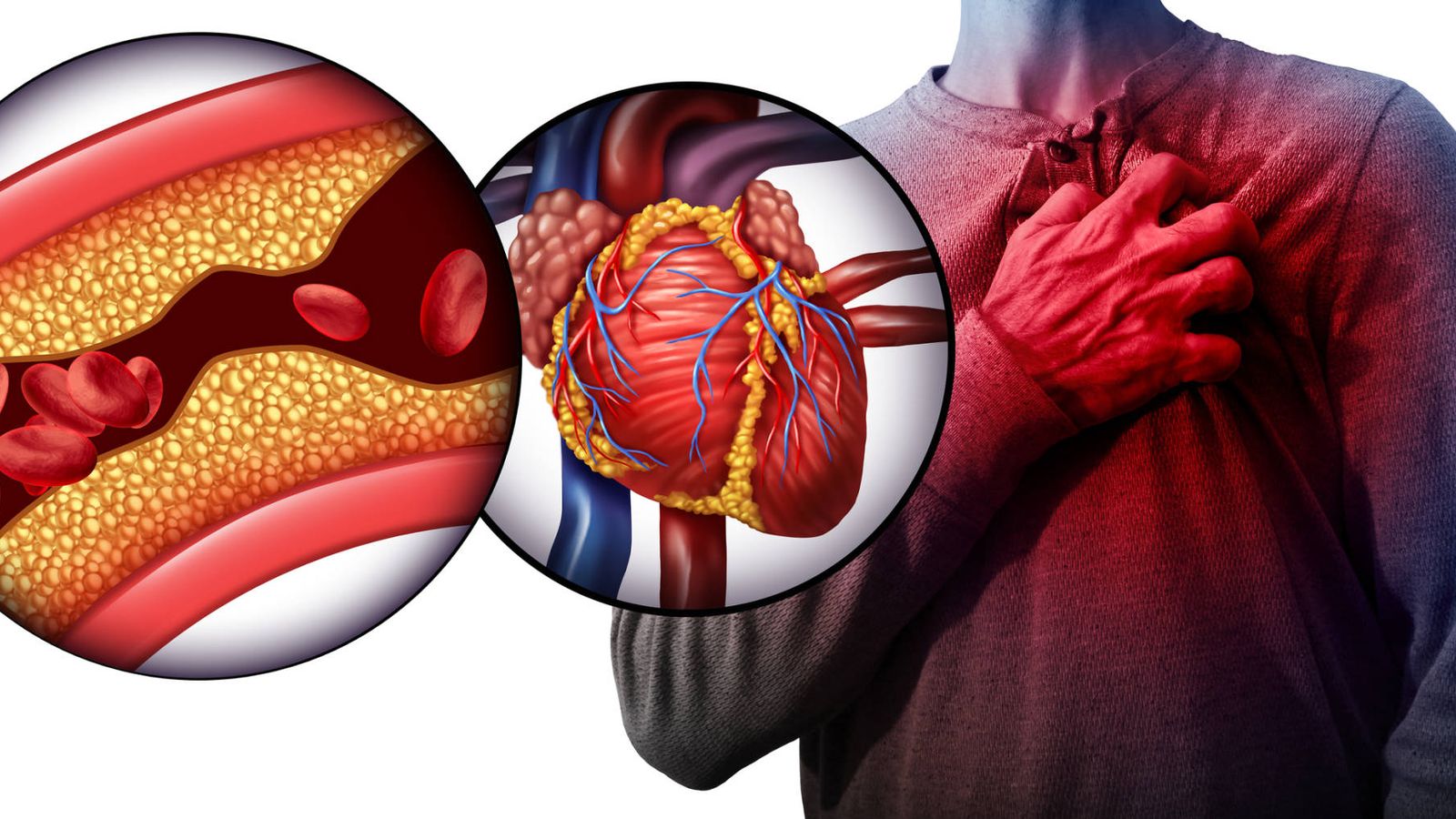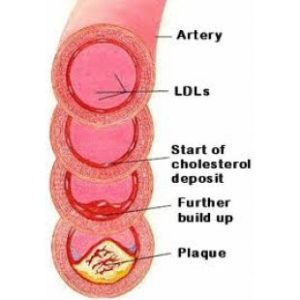What is Cholesterol?
Cholesterol is a fatty substance, also called a lipid, that”s produced by the liver. It”s also found in foods high in saturated fat, like fatty meats, egg yolks, shellfish, and whole-milk dairy products. It’s a vital part of the structure and functioning of our cells. However, high levels of cholesterol in your blood may lead to the slow buildup of plaque in the arteries over time, a serious disease called atherosclerosis.

Is Cholesterol harmful?
Not all cholesterol is considered bad. There are actually three main components doctors evaluate when you have a blood test to check your cholesterol levels. They look at LDL (bad) cholesterol, HDL (good) cholesterol, and another substance called triglycerides.
The fact is that cholesterol can be harmful to your health when there’s too much of it in your blood. Whether you have high cholesterol may depend on your lifestyle.
Eating a lot of fats and not getting enough exercise can cause cholesterol levels to rise. Cholesterol is also, in part, a result of your genetic makeup. Some people inherit genes associated with high levels of cholesterol. One type is called familial hypercholesterolemia. People with this genetic makeup can eat a healthy diet and exercise, and still have high cholesterol.
Everyone with high cholesterol needs to keep it under control, but it may be even more important for some groups of people, such as:
- People with a family history of early heart disease
- People with high blood pressure
- People with diabetes
- Males over age 45
- Females over age 55
- Smokers
- African Americans
If you fall into any of the categories above, ask your doctor to discuss how your target cholesterol levels may be affected.
 What’s Your Cholesterol Goal?
What’s Your Cholesterol Goal?
Managing high cholesterol may be different for you depending on your medical history and your health. Your doctor will look at the results of your cholesterol test, also known as a fasting lipid profile, and, using this information along with your medical background, establish a cholesterol goal for you. Always ask what your cholesterol numbers mean, based on your complete health history, so you can work together with your doctor to manage your cholesterol levels.
Cholesterol Guidelines
National Cholesterol Education Program (NCEP) guidelines recommend that all adults over age 20 have a cholesterol test at least once every 5 years. Take a look at the guidelines below to get a better idea of where your cholesterol levels should be.
Total cholesterol level
Total cholesterol is based on your LDL cholesterol (LDL-C) and HDL cholesterol (HDL-C) counts. Generally, a lower cholesterol level is better.
| Less than 200 mg/dL | Desirable |
| 200-239 mg/dL | Borderline high |
| 240 mg/dL or higher | High |
LDL-C
LDL-C is considered the “bad” cholesterol because if you have too much LDL-C in your bloodstream, it can lead to the buildup of plaque in your arteries over time, known as atherosclerosis. Generally a lower LDL cholesterol level is better
HDL-C
HDL-C is considered the “good” cholesterol because it helps return cholesterol to the liver, where it can be eliminated from the body. Generally, a higher HDL cholesterol level is better.
| 60 mg/dL or higher | High |
| Less than 40 mg/dL | Low |
Triglycerides
Triglycerides, like cholesterol, are another substance that can be dangerous to your health. Like LDL-C, you want to keep your triglycerides low
| Less than 150 mg/dL | Normal |
| 150-199 mg/dL | Borderline high |
| 200-499 mg/dL | High |
| 500 mg/dL or higher | Very high |
Depending on your overall health profile, which takes into consideration factors such as cigarette smoking, high blood pressure, low HDL cholesterol, a family history of early heart disease, and age (over 45 for men and over 55 for women), your doctor may recommend that you have your cholesterol levels followed more closely.
It’s important to manage your cholesterol and reach your goals, because if you don’t, your high cholesterol may contribute to the buildup of plaque in your arteries.
